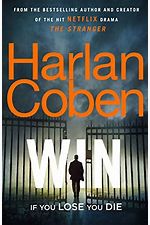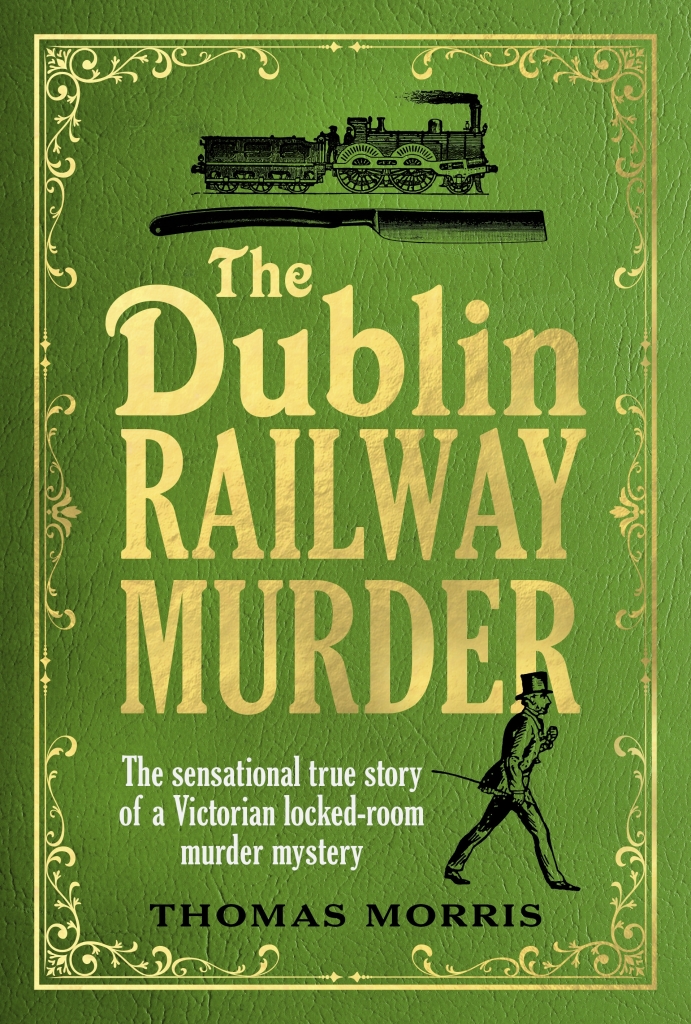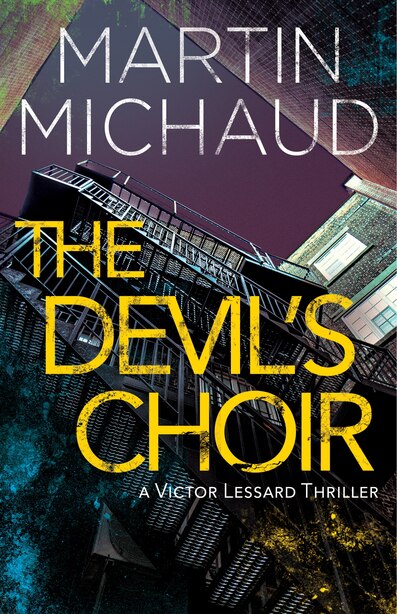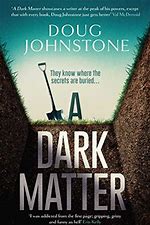By Harlan Coben https://www.harlancoben.com/
Published by Arrow Books (an imprint of Penguin) https://www.penguin.co.uk/company/publishers/cornerstone/arrow.html
433 pages ISBN 9781787462991
Publication date 5 August 2021

I was provided with a review copy from the publisher, many thanks to Sarah at Harwood PR for organising this.
From the blurb
On New York’s Upper West Side, a recluse is found murdered in his apartment. Beside him is a stolen masterpiece by Vermeer and a leather suitcase bearing the initials WHL3.
Windsor Horne Lockwood III – or Win as he is known – is called to the crime scene, and immediately recognises both the painting and the suitcase as his own. How did both items end up in the dead man’s apartment? And is there a connection to the abduction, years previously, of Win’s cousin Patricia?
The crime has long baffled the FBI. But now Win is on the case – and he has three things the FBI has not. A personal connection to the crime, a large personal fortune, and his own unique brand of justice…
Synopsis
Win is called by the FBI when a murder victim is found in his apartment with one of the Lockwood family art works which was stolen years ago, along with a monogrammed suitcase belonging to him. This seemingly inexplicable situation only gets more complex when the dead man is identified as one of the ‘Jane Street Six’ a group of student activists come domestic terrorists who were briefly active in the 1970’s and then disappeared. They carried out a firebombing which caused a bus to crash killing some occupants including a close relative of a mafia boss.
PT a mentor of Win’s from his FBI days asks Win to do some investigation work ‘off the books’. It transpires that one of the ‘Six’ murdered his partner during his escape for which he blames himself.
The murdered man by having his suitcase is implicated in the kidnap of cousin Patrica because in a fact unbeknown to the FBI she and Win had swapped gifts when they were young and it was she who used the case which had been missing since her kidnap.
Is there a connection between the fire-bombing, the art theft and the murder of Uncle Aldrich when Patricia was kidnapped? Who is responsible for the many assaults and ultimate murders of the young women held at the ‘Hut of Horror’ which Patricia escaped from?
My thoughts
I read several Harlan Coben’s novels some years ago and enjoyed them. Looking at the ‘also by’ at the front of the book I can see he has been very busy, and I’ve got some serious catching up to do!
This I believe is the first solo outing for Windsor Horne Lockwood III the best friend of his mainstay character Myron Bolitar and it is a curious time to let him loose. Win is the epitome of white privilege being inordinately wealthy and coming from an old money family (at least in terms of USA), the very thing that has become vogue to protest over. His attitude to women, although partly explained, would make 007 James Bond blush and whilst not exactly #MeToo its hardly the image for a modern leading man. So, this is either a very brave author or one attuned to what his readers want in escapism thriller fiction. Looking at his sales figures I suspect that it’s the latter but credit for swimming against the stream. Perhaps we want to read about the super-rich when times are tight and about poverty in boom time, or maybe I’m over thinking it.
So as heroes go Win is very much in the anti-hero camp. He’s a man who enjoys his wealth, is not ashamed to flaunt it and all the privileges it brings. Special access, private invites, exclusive locations, private limousines, private jets, and helicopters, he enjoys them all because he can. He has worked with the FBI in the past and this along with his great wealth and family reputation manages to open doors to law enforcement and intelligence agencies, which in this case proves to be helpful. He’s fit and good looking and he knows it, though these days he prefers hook ups for sex using an app which is only available to a select few.
Win is not averse to a bit of violence and is skilled at martial arts and combat techniques to back up his normally developed physical exterior; underestimate him at your peril. He also has an individualised view on justice and morality. He is quite willing to dish out his own brand of justice if required and if this causes problems with the authorities then he can rely on his wealth and family reputation to straighten out the wrinkles.
There are three separate strands to the story, the art theft, the murder/kidnap and the Jane Street Six which are skilfully intertwined to produce a single cogent plot. It may be stretched a little in parts but nothing that you wouldn’t expect in such a thriller written by such a slick experienced author.
It’s not all action thriller stuff though, Mr Coben still finds time to demonstrate his wit, including a lovely take down of the ‘hipster’ way of life which made me chuckle.
There was one aspect that did grate with me a little, the regular referencing of Myron. Like when going on a first date, if your date mentions an Ex it can be overlooked, two or three mentions may cause irritation but when it gets to twenty you are thinking just go to them or in this case include Myron in a cameo role!
Overall, an enjoyable summer-blockbuster-thriller that you would expect from a Premier League author. I hope he follows it up with another Win tale as there’s great scope to expand him as a character and show us all what we can’t afford. We all need a bit of escapism from time to time.


